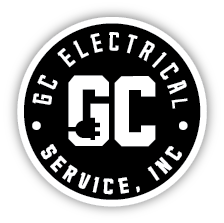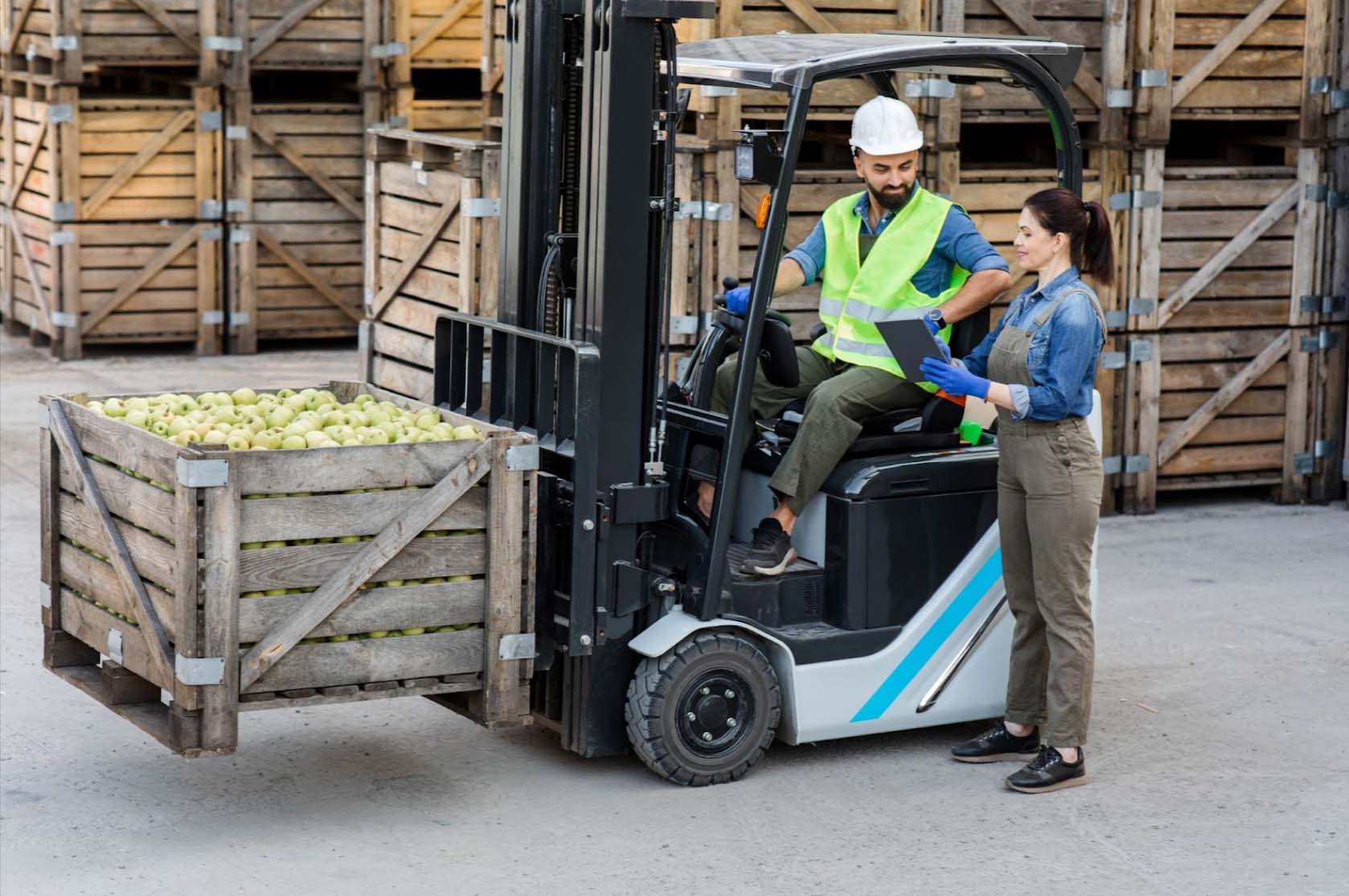Proper forklift battery maintenance can save you time, money, and headaches. Homeowners who use forklifts for various tasks often need to pay more attention to battery care, yet ensuring smooth and efficient operation is crucial. Neglecting battery maintenance can lead to costly repairs and replacements, affecting productivity. These straightforward tips can help you avoid such issues and significantly extend the life of your forklift battery. Understanding and applying these maintenance techniques will enhance the battery's performance and provide peace of mind, knowing your equipment is always ready when needed.
Understanding Forklift Battery Basics
Forklift batteries come in various types, primarily lead-acid and lithium-ion. Lead-acid batteries are standard due to their lower cost and reliability, while lithium-ion batteries, though more expensive initially, offer longer life and require less maintenance. Understanding the differences between these batteries helps you select the best option for your specific needs and ensure compatibility with your forklift.
A forklift battery converts chemical energy into electrical energy, powering the forklift's operations. Lead-acid batteries use electrolyte fluid and lead plates, whereas lithium-ion batteries rely on lithium compounds. Knowing how these batteries function aids in proper maintenance and troubleshooting, ensuring optimal performance and longevity for your equipment.
Daily Maintenance Routine
Regular inspection of your forklift battery is essential to catch issues early and prevent them from escalating. Start your daily routine by cleaning the battery terminals and connections using a mixture of baking soda and water to neutralize any acid buildup. Look for wear, corrosion, or damage that might require attention.
Daily maintenance helps keep your battery in top condition, reducing unexpected downtimes and extending its lifespan. Inspecting and cleaning the battery daily ensures your forklift is always ready for use and operating efficiently.
Proper Charging Practices
Adhering to correct charging procedures is crucial for battery health. Always charge the battery at the recommended times and avoid overcharging, which can damage the battery and reduce its lifespan. Use a high-quality charger that matches the battery's specifications, and let the battery cool down before charging to prevent overheating.
Optimizing the charging process involves charging the battery fully before using it again and avoiding opportunity charging. Following these practices ensures your battery performs optimally and lasts longer, saving you money on replacements and repairs.
Watering Your Forklift Battery
Watering your lead-acid forklift battery is a critical maintenance task. Regularly check the water levels, especially after charging, and use distilled water to top up the battery cells. Avoid overfilling, as it can lead to acid spillage and corrosion, damaging the battery and surrounding components.
Maintaining proper water levels ensures the battery operates efficiently and prevents the lead plates from drying. This practice helps balance the electrolyte solution, essential for the battery's performance and longevity. It ultimately saves you from costly repairs and replacements.
Equalizing Charges
Equalizing charges helps maintain battery health by balancing the electrolyte concentration and preventing sulfation and stratification. This process involves periodically charging the battery at a higher voltage. To perform an equalizing charge, follow the manufacturer's recommendations, typically once a month or after every 5-10 charge cycles.
Regular equalizing charges enhances the battery's performance and prevents issues that can shorten its life. By incorporating this practice into your maintenance routine, you ensure your battery remains in optimal condition, providing reliable power for your forklift.

Cleaning and Storage Tips
Keeping your forklift battery clean prevents corrosion and ensures efficient operation. Use baking soda and water to clean the battery terminals and casing, removing dirt and acid buildup. Ensure the battery is dry before using it again to avoid short circuits and other issues.
Proper storage during downtime is also crucial. Store the battery in a cool, dry place away from direct sunlight to prevent overheating. This practice prolongs the battery's battery life and ensures it's ready for use when needed, maintaining the efficiency of your forklift.
Monitoring Battery Health
Monitoring the health of your forklift battery is essential for identifying potential issues early and avoiding costly repairs. Invest in a battery monitoring system that provides real-time data on the battery's performance and alerts you to problems before they become serious.
Pay attention to signs of battery problems, such as reduced run time or slow charging, and address them promptly. Regular professional check-ups also help maintain battery health, ensuring your forklift operates at peak efficiency and avoiding unexpected downtimes.
Prolonging Forklift Battery Lifespan through Best Practices
Maximizing the lifespan of your forklift battery involves following several best practices. These steps enhance battery performance and ensure long-term cost savings and operational efficiency. Here are the essential practices to help you get the most out of your forklift battery.
Regular Inspection
Regularly inspecting your forklift battery allows you to identify and address issues before they become major problems. Look for signs of wear, corrosion, and damage. Check connections and terminals to ensure they are secure and clean. Regular inspection helps prevent unexpected downtimes and extends the battery's life.
Proper Charging
Following correct charging procedures is crucial. Always charge the battery fully and avoid opportunity charging, which can reduce its lifespan. Use a high-quality charger that matches the battery's specifications and allows the battery to cool before charging. Proper charging practices ensure the battery performs optimally and lasts longer.
Consistent Cleaning
Keep your battery clean to prevent corrosion and ensure efficient operation. Mix baking soda and water to clean the terminals and casing. Ensure the battery is dry before using it again to avoid short circuits. Regular cleaning helps maintain the battery's health and prolong its life.
Correct Watering
Proper water levels in lead-acid batteries are essential. Check water levels regularly, especially after charging, and use distilled water to top up the cells. Avoid overfilling to prevent acid spillage and corrosion. Proper watering practices keep the electrolyte balanced and the battery functioning efficiently.
Equalizing Charges
Equalizing charges are performed periodically to balance the electrolyte concentration. This process involves charging the battery at a higher voltage to prevent sulfation and stratification. Follow the manufacturer's recommendations for the frequency of equalizing charges. Regular equalizing charges enhance battery performance and longevity.
Proper Storage
Store your forklift battery correctly during downtime to prevent damage. Keep it in a cool, dry place away from direct sunlight to avoid overheating. The battery must be fully charged before storing it to prevent discharge and sulfation. Proper storage practices help maintain the battery's health when not in use.
Monitoring Health
Use battery monitoring systems to track the health and performance of your forklift battery. These systems provide real-time data and alert you to potential issues. Regular monitoring helps you address problems early, ensuring the battery operates efficiently. Investing in monitoring tools is a proactive step to extend battery life.
Avoiding Overuse
Adhere to recommended usage limits to prevent overusing your forklift battery. Avoid deep discharges that can harm the battery's cells. Plan operations to allow for sufficient charging intervals. Proper usage prevents strain on the battery, enhancing its longevity.
By following these best practices, you can significantly extend the lifespan of your forklift battery. Regular maintenance and proper handling ensure optimal performance and efficiency. Implementing these steps will result in cost savings and reliable operation of your forklift, keeping your equipment ready for any task.

Common Mistakes in Forklift Battery Maintenance
Preventing common mistakes in forklift battery maintenance ensures long-term performance and avoids costly repairs. By being aware of these pitfalls and taking proactive measures, you can protect your investment and maintain your forklift's efficiency. Here are the critical mistakes to avoid and how to address them.
Overcharging
Overcharging a battery can lead to excessive heat buildup, which damages the cells and shortens the battery's lifespan. Use a charger with an automatic shut-off feature to prevent overcharging. Monitor the charging process to ensure it stops once the battery is fully charged. Avoiding overcharging protects the battery and extends its operational life.
Undercharging
Failing to charge the battery entirely can cause sulfation, where lead sulfate crystals form on the plates, reducing capacity. Ensure the battery receives a full charge every cycle. Avoid partial charging, leading to incomplete chemical reactions within the battery. Correctly charging the battery helps maintain its health and efficiency.
Neglecting Water Levels
Not maintaining the correct water levels in lead-acid batteries can expose the plates to air, causing damage. Regularly check and top up water levels with distilled water. Perform this task after charging when the electrolyte levels are stable. Keeping the water levels within the recommended range prevents battery damage and ensures longevity.
Improper Storage
Storing the battery improperly can cause it to discharge and deteriorate. Store the battery in a cool, dry place away from direct sunlight and extreme temperatures. Check if it is fully charged before storage to prevent self-discharge. Proper storage conditions help maintain the battery's health during periods of inactivity.
Inconsistent Maintenance
Infrequent or irregular maintenance can lead to undetected issues that escalate over time. Develop a regular maintenance schedule that includes cleaning, inspection, and equalizing charges. Stick to this schedule to catch problems early and keep the battery in optimal condition. Consistent maintenance is vital to preventing long-term damage and extending battery life.
Using the Wrong Charger
Using a charger that does not match the battery's specifications can cause improper charging and damage. Always use a charger designed for your specific battery type. Check the voltage and current ratings to ensure compatibility. The suitable charger ensures efficient and safe charging cycles.
Ignoring Manufacturer Guidelines
Disregarding the manufacturer's maintenance and usage guidelines can lead to improper handling and reduced battery life. Follow the recommended procedures for charging, watering, and maintenance. Educate your team on these guidelines to ensure everyone is aligned. Adhering to manufacturer recommendations ensures optimal battery performance and longevity.
Overlooking Training
Lack of proper training for operators and maintenance personnel can result in battery mishandling. Provide comprehensive training on battery maintenance and safety protocols. Regularly update the training to include new best practices and guidelines. Well-trained personnel can significantly reduce maintenance mistakes and enhance battery care.
Proactive measures and adherence to best practices ensure your battery remains in good condition, reducing downtime and maintenance costs. Educating your team and following the correct procedures will keep your forklift running efficiently and reliably.
Reliable Forklift Battery Charging Solutions
Reliable forklift battery charging solutions are essential for maintaining battery health and efficiency. It is crucial to use high-quality chargers that match your battery’s specifications. These chargers often come with automatic shut-off features to prevent overcharging, which can damage the cells and shorten the battery's lifespan. Proper charging cycles also prevent undercharging, which leads to sulfation and reduced battery capacity. Advanced chargers optimize the charging process, ensuring your batteries are always ready.
Regular monitoring and maintenance of charging equipment are also vital. Professional inspections and servicing ensure chargers function correctly and prevent potential issues that could damage the battery. Implementing reliable charging solutions enhances the performance and longevity of forklift batteries and contributes to overall operational efficiency. Investing in the right charging technology and practices ensures your forklifts are always powered up and ready for the task at hand.
Head to the GC Electrical Service Inc. blog for more detailed guides and expert advice on forklift maintenance.


